Termites and New Homes – What You Should Know
Building a new home is an exciting process. You get to design everything from the ground up — the layout, finishes, and all the little details. But while most people focus on looks and comfort, one important thing often gets overlooked: termite protection.
Southern California’s warm, dry climate is perfect for termites. Even new homes can attract termites without proper protection during and after construction. Let’s look at simple, effective ways to keep termites away from your new home for the long run.

Are New Homes Safe from Termites?
Many homeowners believe new homes are safe from termites, but that’s not always true. Termites can invade a house soon after construction if proper treatments weren’t done during building.
Why New Construction Is at Risk
New homes are completely exposed during the construction phase. Potentially allowing termites to create a colony during framing and construction. Then sealed in without any signs.
- Moist soil and mulch: New landscaping can trap moisture around the home, helping termites survive.
- Construction: Sometimes, building work leaves small cracks or openings that termites can use to get inside.
- Leftover wood or scraps: Pieces of wood left on the site can attract termites, which may later move into the finished house.
Even if your home is built perfectly and meets all codes, termites can still show up within a few years if no pre-construction treatment was done. That’s why protecting your home before building is always the best plan.
Think your home is safe from termites? In Southern California, even the strongest structures can be at risk — find out what really puts your property in danger.
Pre-Construction Termite Treatment: The Best Way to Stop Termites Early
The smartest way to protect a new home from termites is with pre-construction treatment. This process creates a chemical or physical barrier that keeps termites from entering your home through the soil or foundation. Here’s how termite control for new construction typically works:
- Soil treatment: Before pouring the concrete slab, a special termite solution is applied to the soil. This forms a protective layer that termites can’t cross.
- Wood treatment: During framing, a borate spray is applied to exposed wood. It soaks into the surface and prevents termites from feeding on it.
- Physical barriers: Stainless steel mesh or metal shields can be installed around plumbing and foundation joints to block termite entry points.
Starting termite control during construction is much easier and more effective than dealing with infestations later. It protects your home from the ground up.
What Does Pre-Construction Termite Treatment Cost?
The price of termite treatment for new construction depends on several factors — home size, slab or raised construction, and whether the exterior has slab concrete or landscaping. On average:
- Soil treatments: Around $1200–$3,000 for most homes.
- Borate wood treatments: Around $1500–$3500.
While this may add to your initial construction costs, it’s a smart investment. Termite damage can cost thousands of dollars to repair — often far more than the cost of preventive treatment.
Building with Termite-Resistant Materials and Smart Construction Techniques
Preventing termites in new construction also means choosing the right materials and methods. Builders can reduce risk by:
- Use pressure-treated wood
- Treat wood with borate solutions before it’s covered up.
- Choose non-wood materials like steel, concrete, or masonry where possible.
- Install metal flashing or mesh barriers around foundation points.
- No earth to ground contact - keep 6 inches of space between the soil and any wooden part of the home.
- Ensure proper ventilation in crawl spaces and attics to keep them dry.
Good building habits make a big difference. By combining quality materials with preventive treatments, homeowners can build long-term protection into the structure of their new homes.
Tiny cracks, hidden gaps, and unseen pathways — termites don’t need much to invade your home. Learn how they get in before they start causing damage.
When Should Termite Inspections Be Done During Construction?
Termite control in new construction isn’t just a single step — it happens at different stages. Each phase of the building process offers an opportunity to make sure your home stays protected.
A good inspection timeline includes:
- Before the slab is poured: Apply soil treatment and inspect for complete coverage.
- During framing: Check wood quality and apply borate treatment.
- Before drywall installation: Inspect treated areas again and seal small openings.
- At project completion: Verify all treatments and receive a written warranty.
- After move-in: Schedule annual termite inspections to maintain coverage.
By following this schedule, builders and homeowners can confirm that every step of the termite prevention plan was completed correctly.
Related Articles:
How to Protect Your Attic From Termites and Damage in Southern California
What Makes K Termite Different From Other Companies
Fumigation vs Localized Treatment: What's Right for You?
How Long Does Pre-Construction Termite Treatment Last?
Termite protection lasts for years but needs maintenance to stay strong.
- Soil treatments generally last 5–10 years, depending on the soil type and weather conditions.
- Borate treatments can protect the wood for its entire lifespan as long as it stays dry.
To keep your home safe:
- Have a professional inspection once a year.
- Repair leaks quickly to prevent moisture buildup.
- Keep mulch, plants, and soil a few inches away from your home’s foundation.
- Re-treat the soil barrier every 7–10 years, or sooner after major landscaping or plumbing work.
They may be small, but termites can outlast your expectations — find out how long they really live and why their lifespan matters for your home’s protection.
After Moving In: Keeping Termites Away
Once you move into your new home, it’s important to continue protecting it. Even the best treatments can wear down over time. Here are simple habits to keep termites away:
- Keep the soil around your home dry and well-drained.
- Don’t pile firewood, cardboard, or mulch against exterior walls.
- Seal any cracks or openings where pipes or wires enter your home.
- Watch for early signs like mud tubes, tiny droppings, or discarded wings.
If you notice anything suspicious, contact a licensed termite professional right away. Catching a problem early can save you thousands in repairs.

How Can K Termite Protect Your New Home from Termites?
Building a new home is a significant investment — and at K Termite, we ensure it’s protected from day one. Our team provides pre-construction termite treatments, borate wood applications, and in-depth inspections to make sure your new home has complete protection.
We use proven, long-lasting methods to keep termites away before they ever reach your walls or foundation. Our licensed experts know how to work with builders’ schedules to apply treatments at the right stages of construction.
With free termite inspections, multiple treatment options, and strong warranties, we make it easy to build peace of mind into every project. If you’re planning a new home in Fullerton, La Habra, Cerritos, Garden Grove, Walnut, or nearby areas, reach out to K Termite.
We’ll ensure your property receives the protection it deserves — from the ground up.
Protecting Homes in Southern California with Smart Building Practices
Southern California’s termite risk is year-round. That’s why prevention should be built into the construction plan, not added later. A strong termite defense includes:
- Soil treatment before construction
- Using resistant materials
- Installing barriers
- Following a consistent inspection schedule
By taking these steps, you can ensure your new home stays strong, safe, and termite-free for years to come.
Ready to Protect Your New Home?
Contact K Termite today for a free pre-construction termite inspection and quote. Let’s protect your investment before termites ever have a chance to find it.



.png)
.png)
.png)



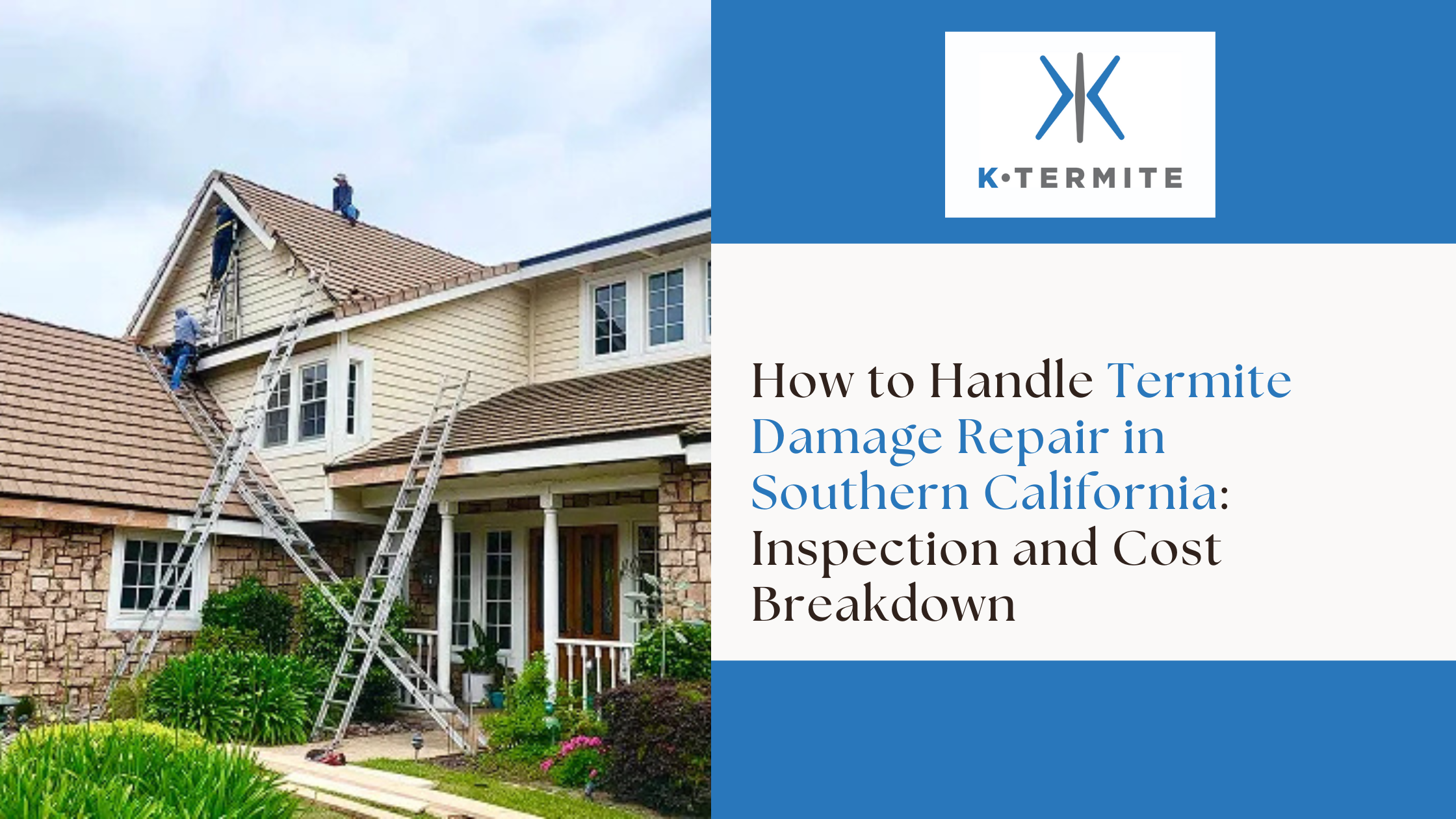

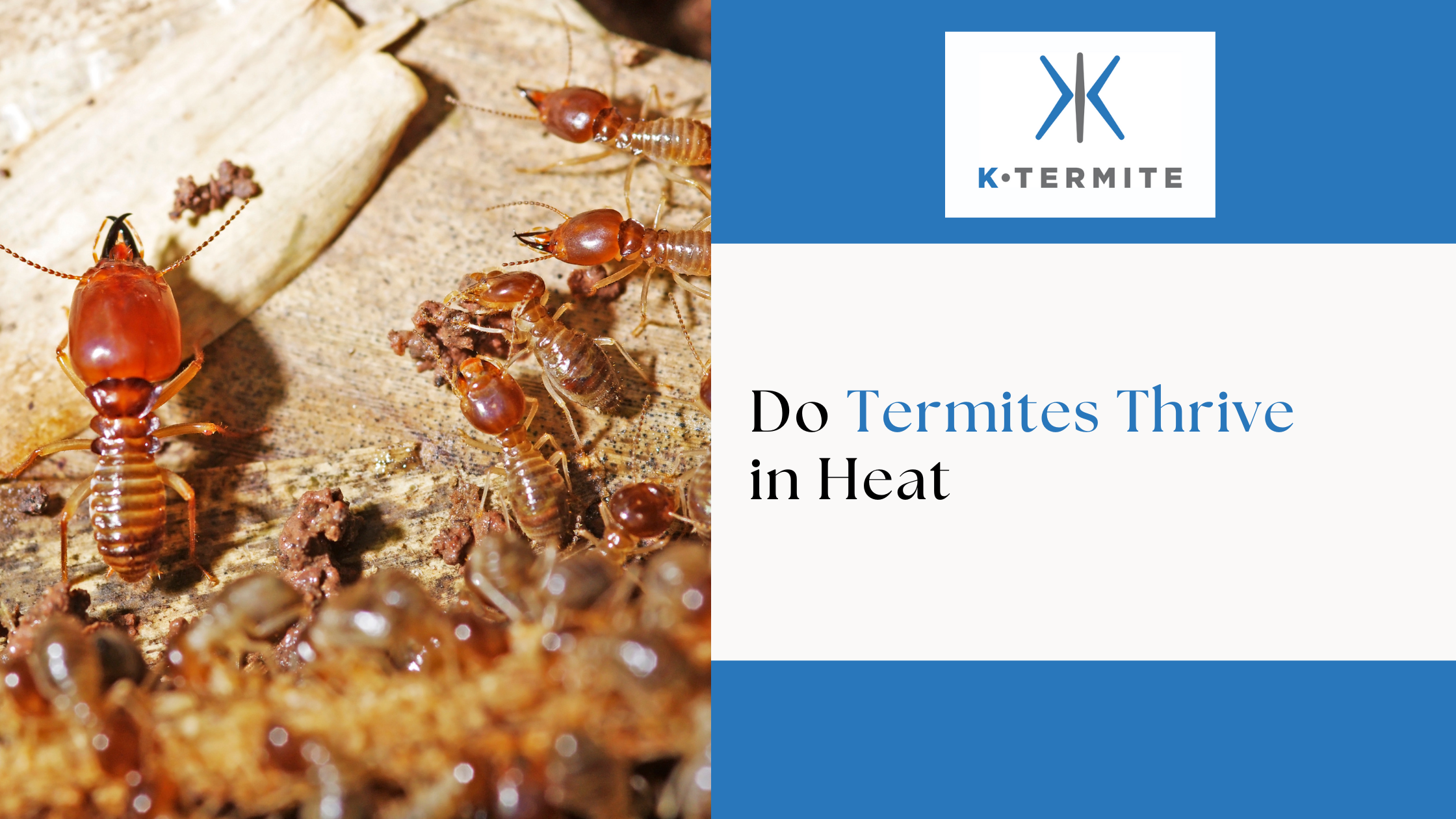

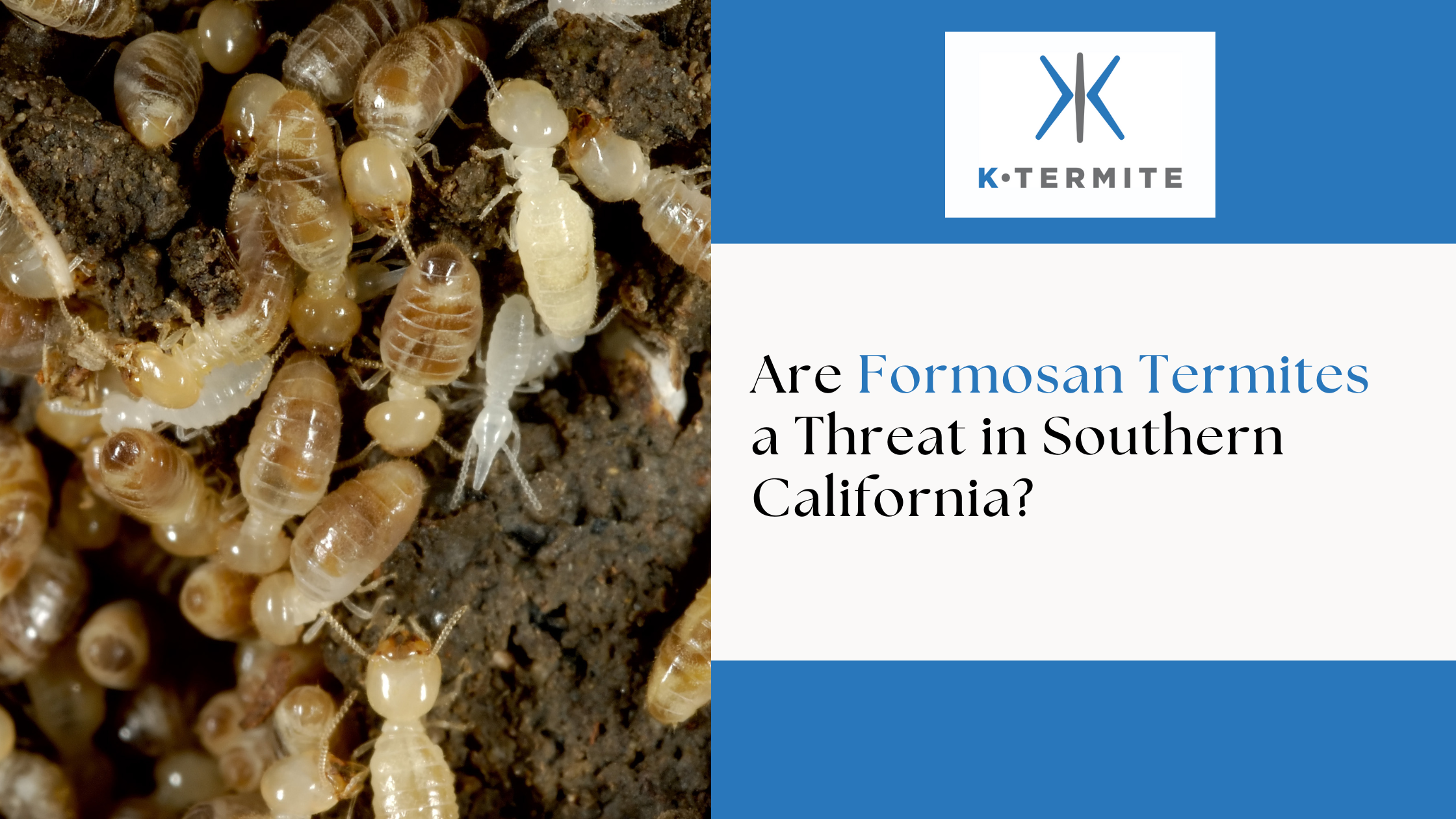

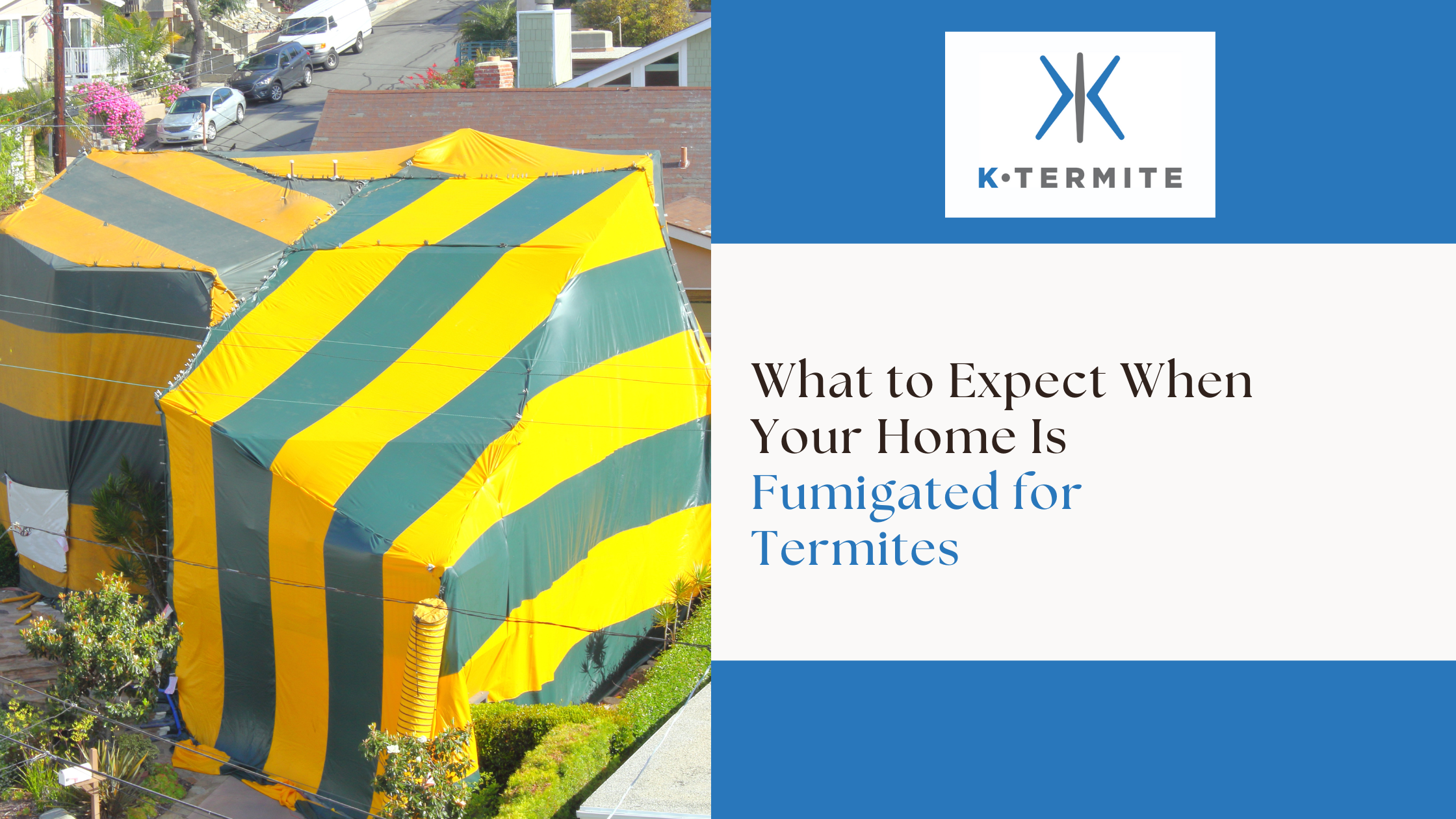

.png)
.png)
.png)
.png)
.png)
.png)
.png)
.png)
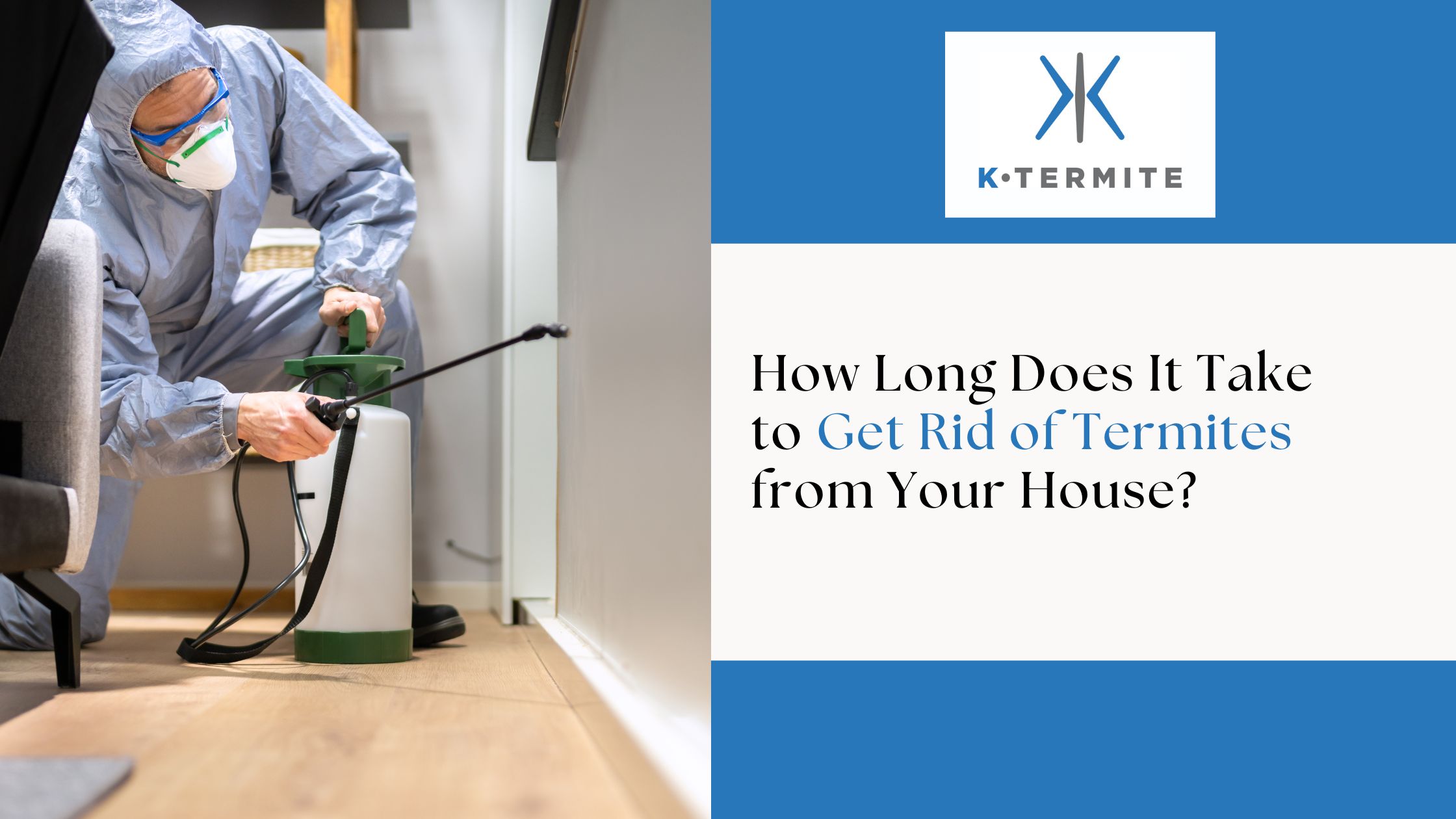

.png)
.png)


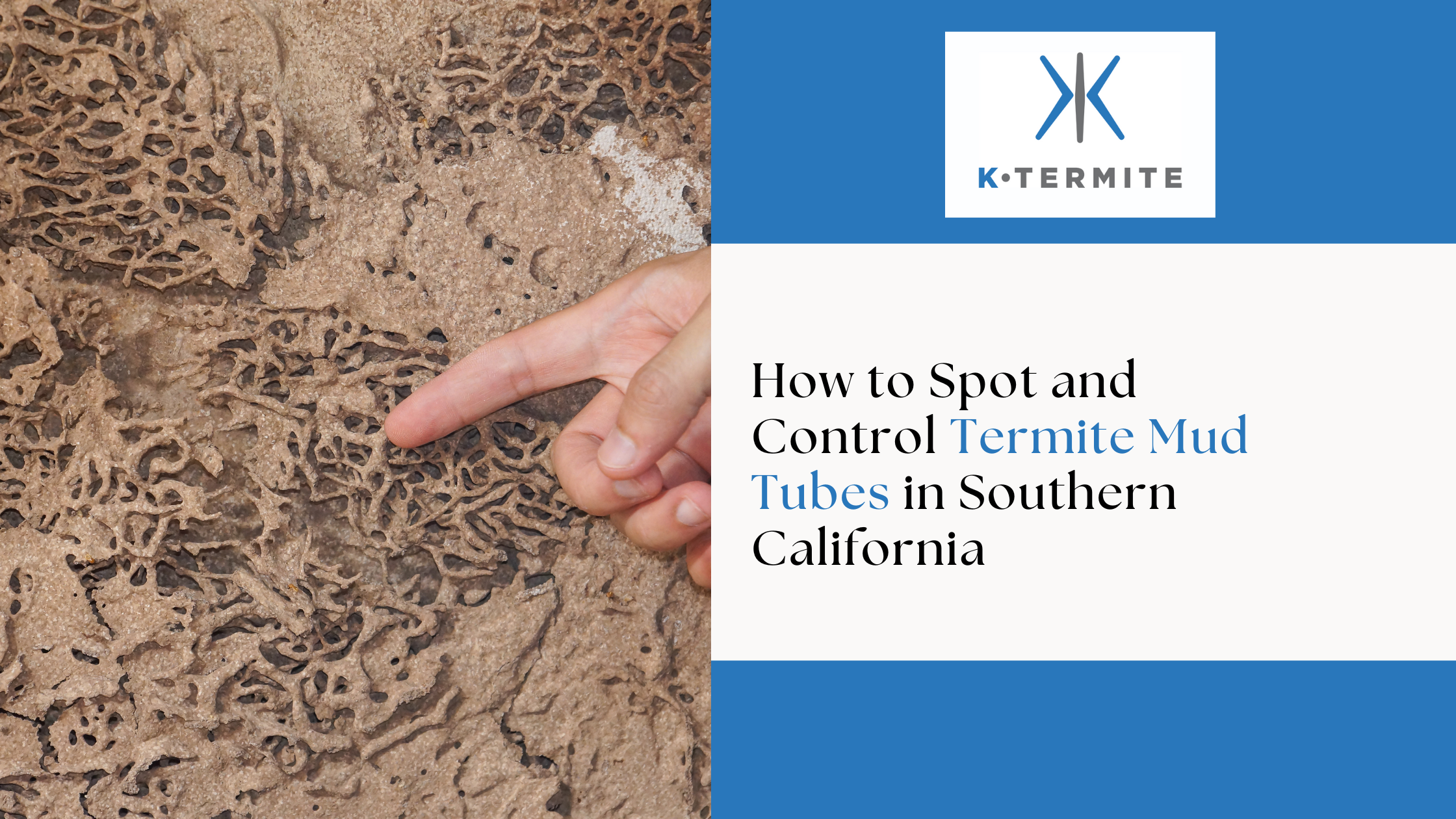


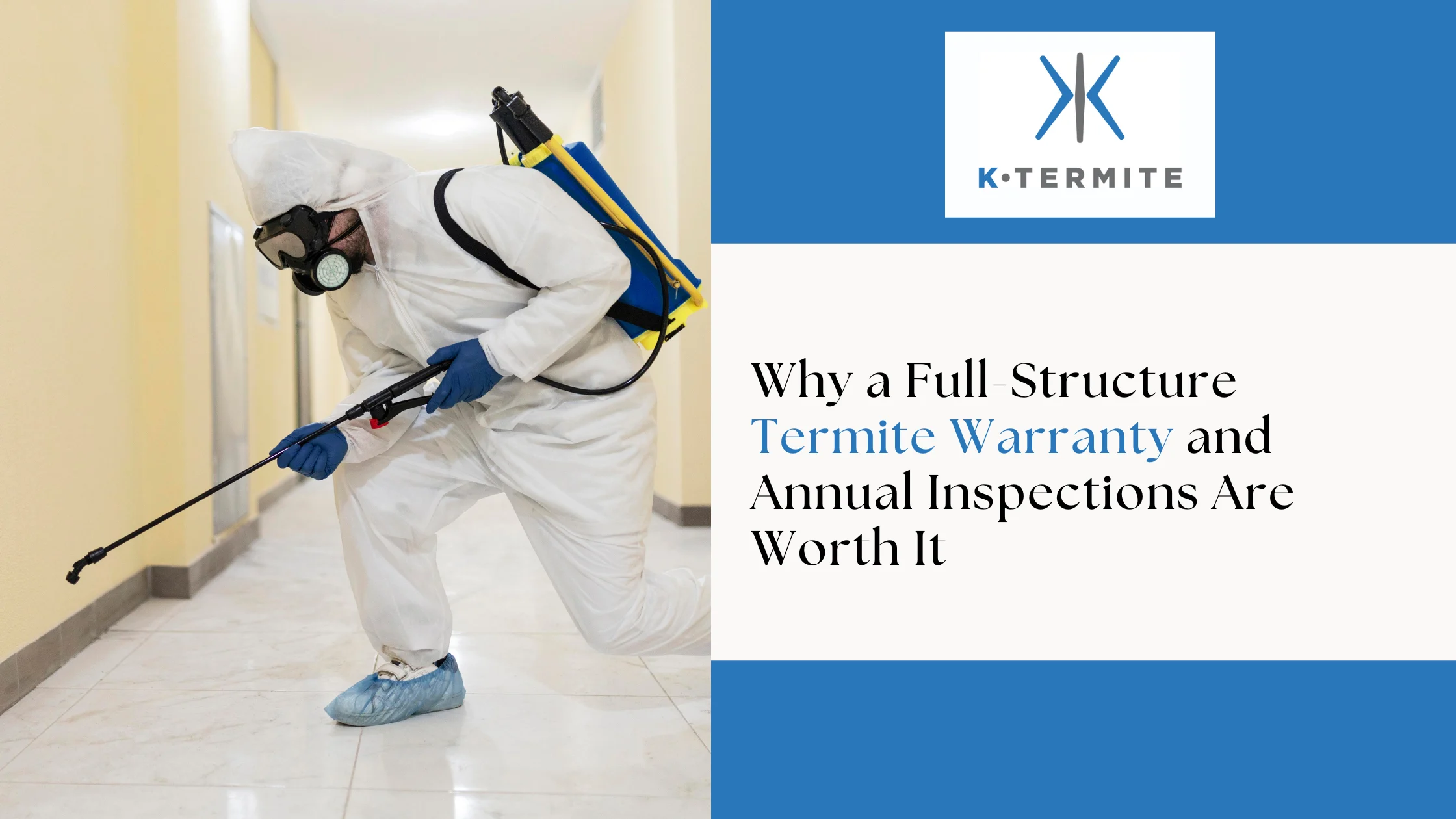
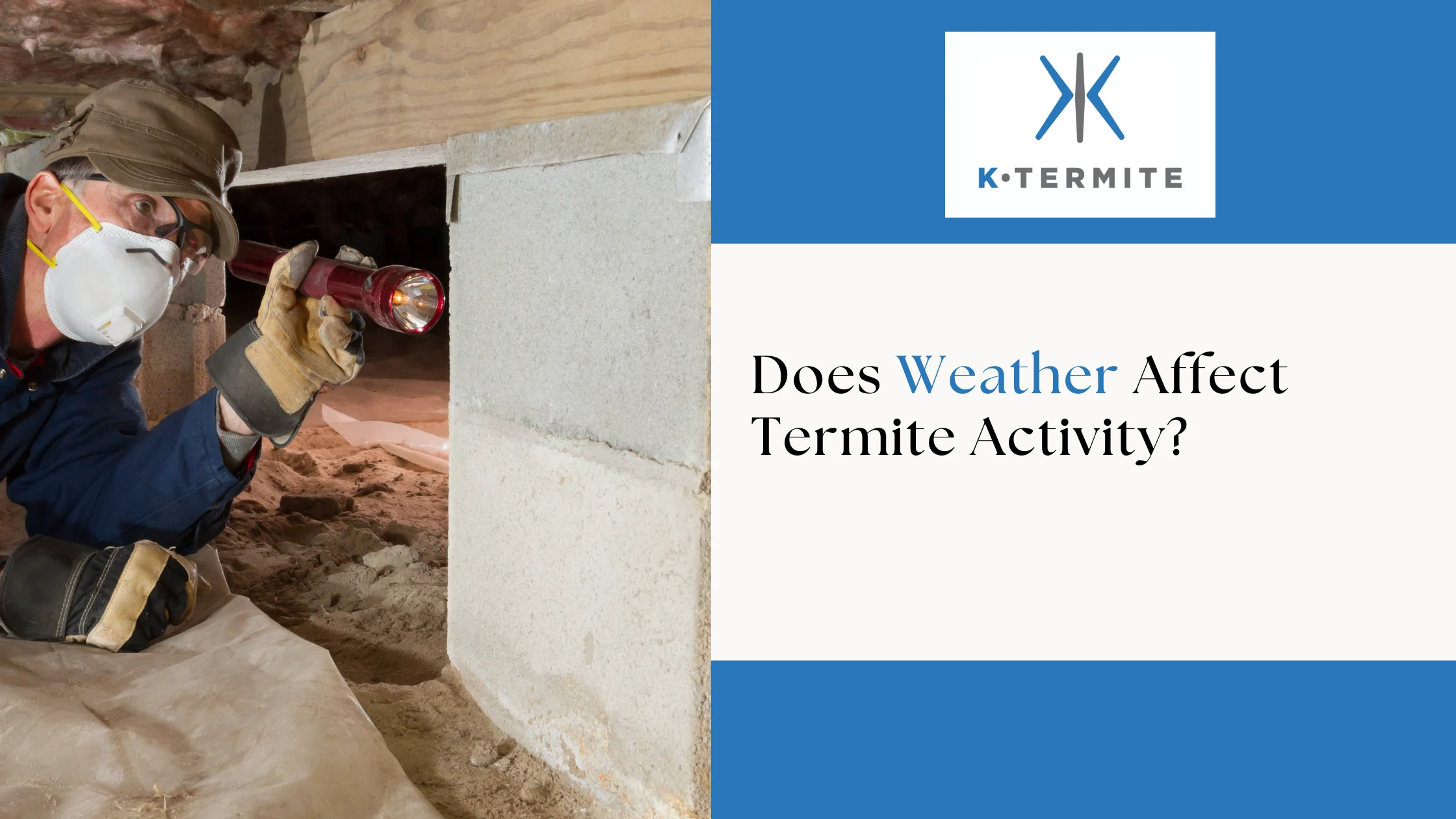
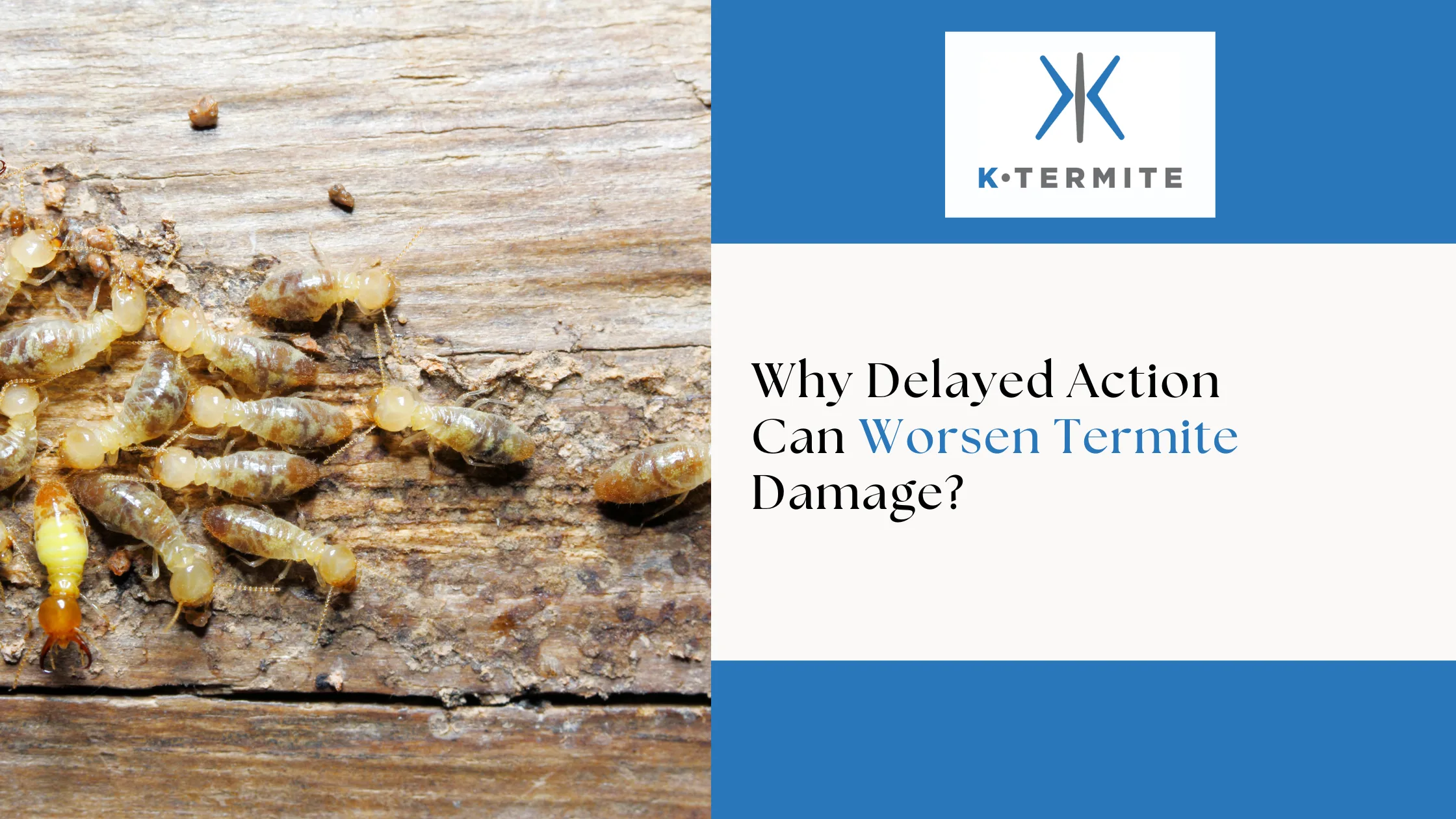



.png)
.png)
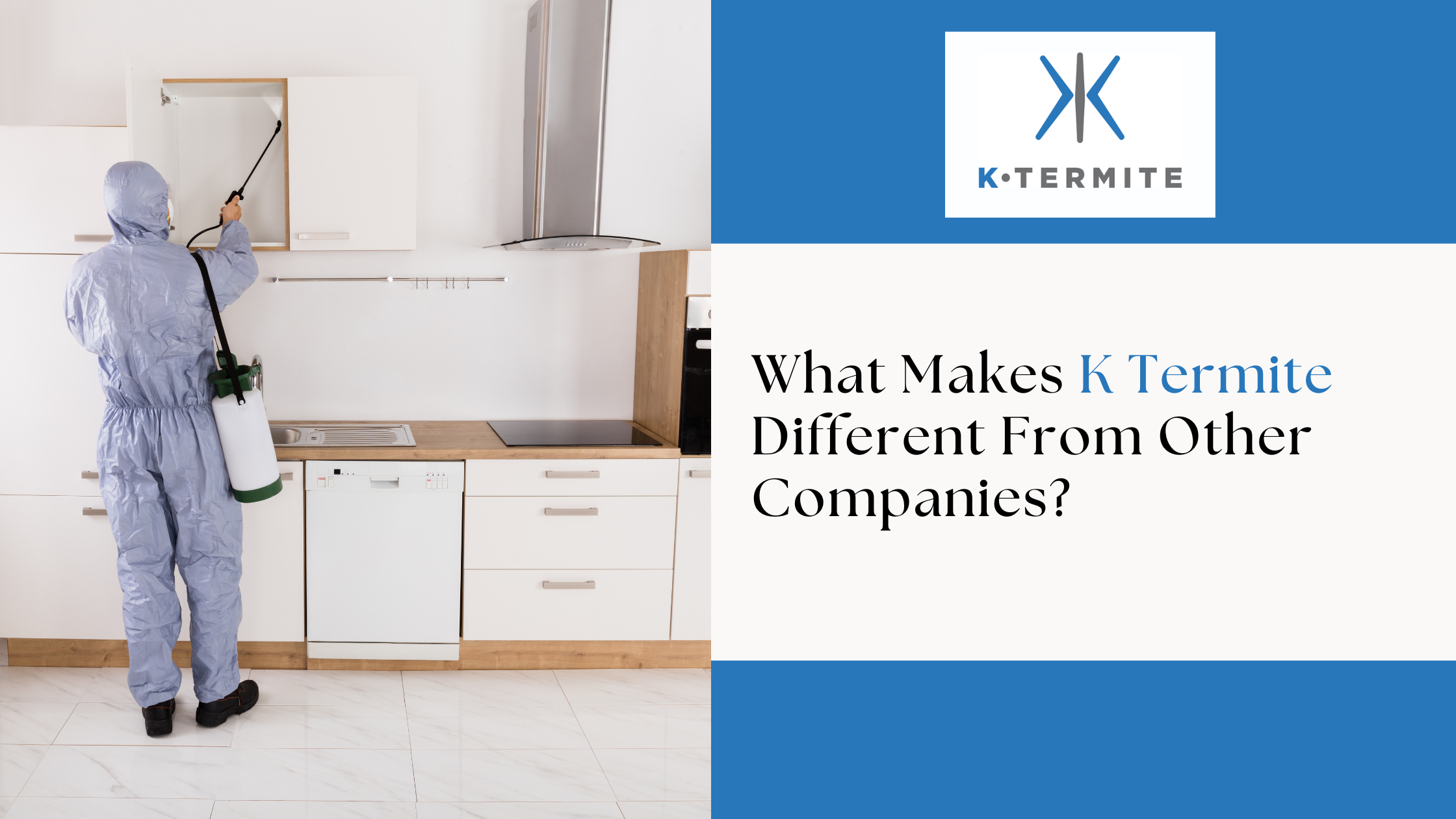
.png)
.jpg)
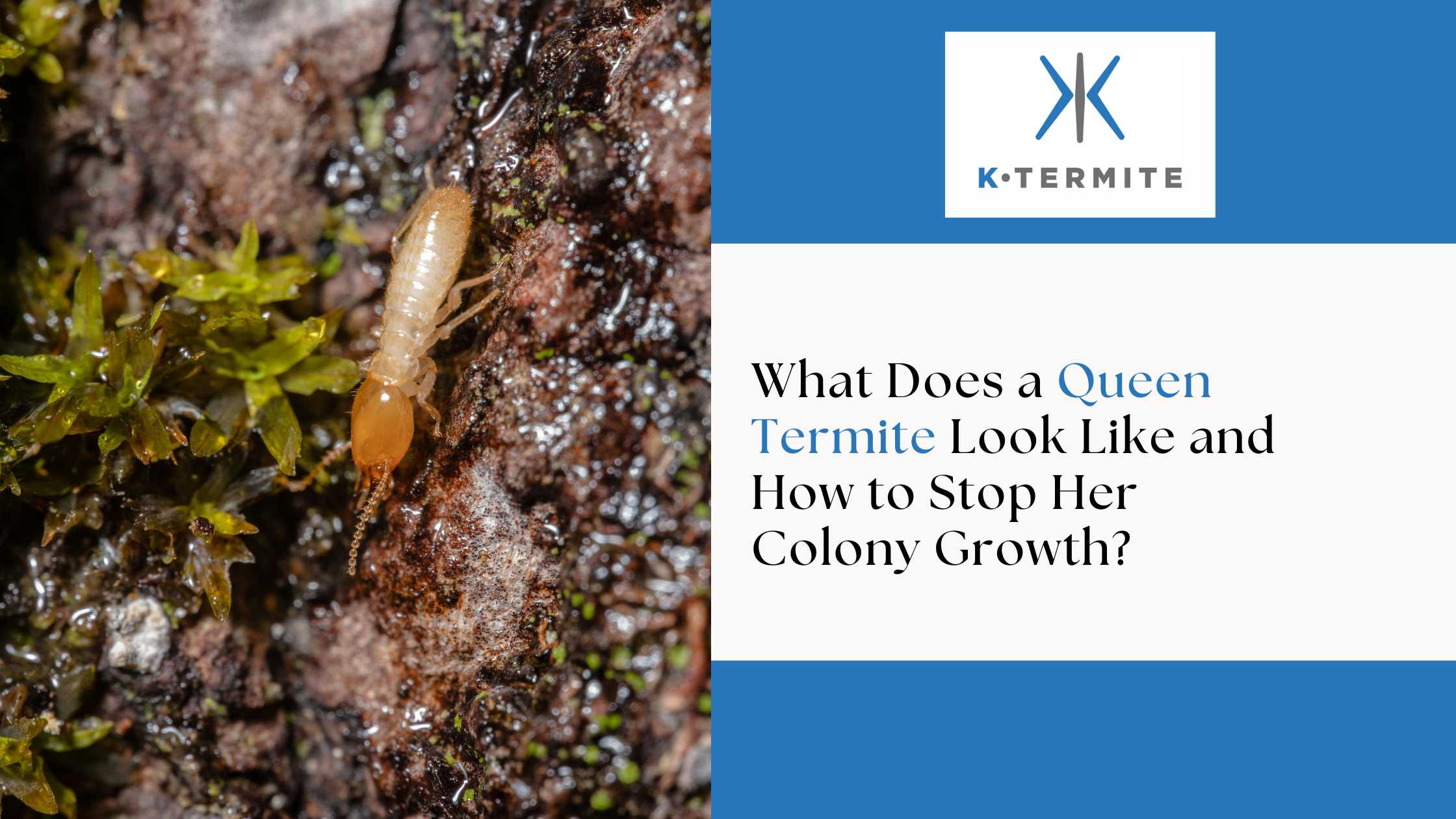

.webp)
.webp)


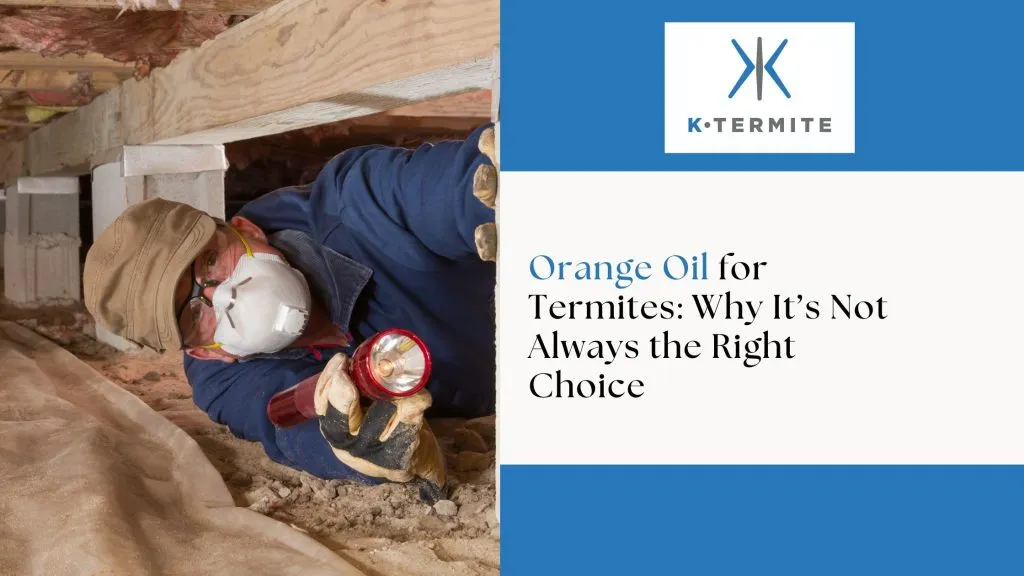

.webp)


.svg)

